- Digital Surfer
- Posts
- Do You Know What Your Audience Wants?
Do You Know What Your Audience Wants?
Wave 249; Big Week at Google: Web Guide, Trends API, Q2 Earnings, Opal Mini-Apps; AI Overviews = Less Clicks;
FIRST …
For the second quarter in a row, Topical Maps Unlocked (TMU) maintained its position as the top-watched course in IMG 🎉
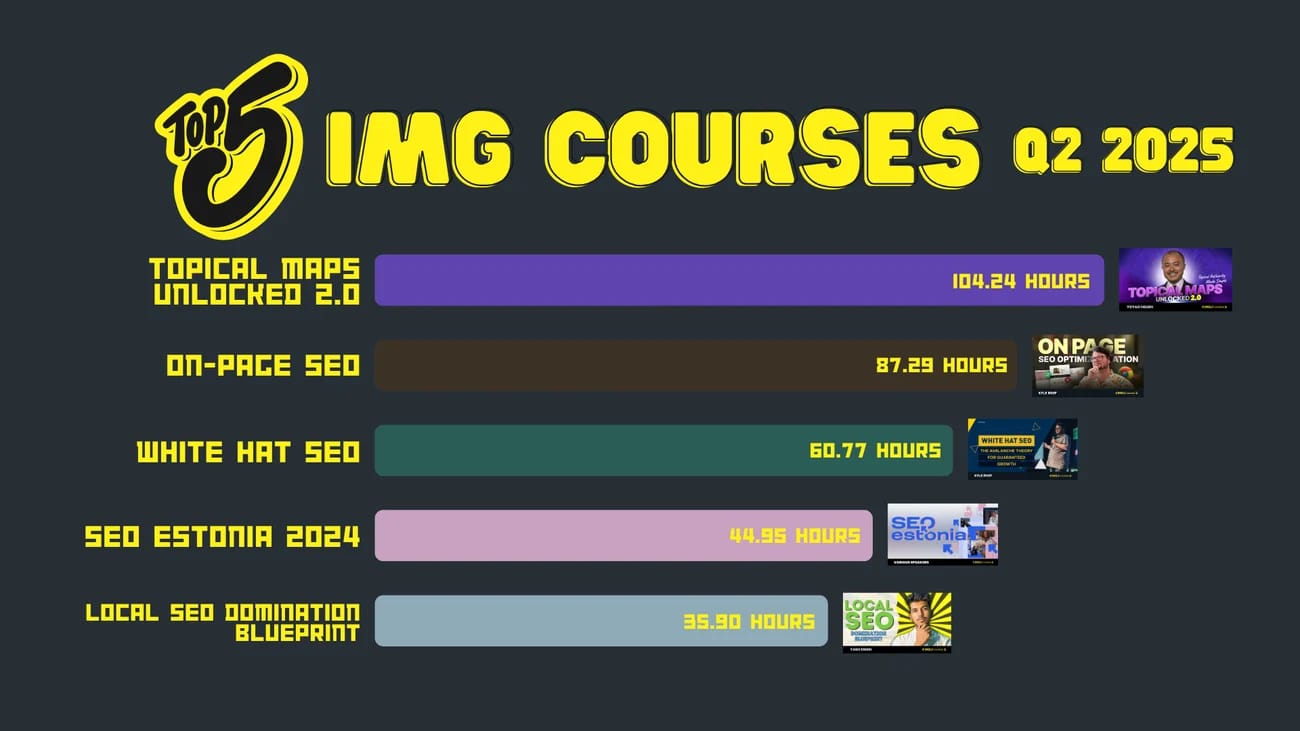
This isn't about patting myself on the back (well, maybe a bit), but it's about a clear shift in SEO and search. It’s about building a brand that answers questions before they're asked.
The game has changed. It's no longer about being found - it's about being known.
And that starts with understanding your audience, their needs, and how to position your brand to meet them.
The way people are searching has evolved and why we need the new search intent: generative intent.
Success now hinges on creating content that also addresses generative intent. Users seek synthesized solutions delivered promptly, and AI is stepping in to provide them.
But to get found by the gatekeepers, Google and AI, you need to create a brand that they will cite.
Topical research and authority are the foundation of everything. You need to take a step back to look at the bigger picture of your brand and audience. Then step back in to focus on the details.

AD
Run IRL ads as easily as PPC
AdQuick unlocks the benefits of Out Of Home (OOH) advertising in a way no one else has. Approaching the problem with eyes to performance, created for marketers with the engineering excellence you’ve come to expect for the internet.
Marketers agree OOH is one of the best ways for building brand awareness, reaching new customers, and reinforcing your brand message. It’s just been difficult to scale. But with AdQuick, you can plan, deploy and measure campaigns as easily as digital ads, making them a no-brainer to add to your team’s toolbox.
You can learn more at AdQuick.com
SEO + GEO
Glenn Gabe dives deep into the June 2025 Google core update, dissecting 16 days of wild volatility, recoveries, and fresh chaos for YMYL sites, publishers, and anyone hoping AI Overviews would save them. Some of the key takeaways:
HCU(X)-impacted sites saw major recoveries, some returning from zero visibility
AI Overviews visibility dropped for sites hit by the update
YMYL sites (health, finance, legal) saw extreme volatility and are held to higher quality standards
AI Search still drives less than 1% of traffic for most sites—Google organic is still king
Recoveries from the March 2025 core update observed, but only with clear quality improvements
Sites that abandoned quality suffered steep losses, while those investing in content and UX recovered
Core updates can hit all Google surfaces: web, image, video, News, Discover, and AI Overviews
Web Guide is Google’s latest Search Labs experiment that uses a custom version of Gemini to group web links by topic and context, turning your searches into AI-organized journeys instead of endless scrolling. The system runs multiple related queries (query fan-out anyones?) behind the scenes to uncover relevant pages you might otherwise miss. Early access lets users toggle between the classic and new AI-driven results.
Sundar Pichai’s latest update shows Google’s Search, YouTube, and AI engines are doing pretty well. Some of the highlights:
They “know how popular AI Overviews are because they are now driving over 10% more queries globally.”
Gemini 2.5 now powers AI Overviews.
Their “new end-to-end AI Search experience, AI Mode, continues to receive very positive feedback” and is launched in the US and India.
YouTube Shorts are now earning as much (or more) revenue per watch hour as traditional video.
James Brockbank spells out why “total organic revenue potential” should be your north star for SEO strategy. Instead of chasing more traffic, start calculating the total revenue up for grabs if you ranked at the top for every commercial keyword. James breaks it down: list your commercial keywords, add AOV or CLTV, conversion rates, and rankings, then plug it all into a dashboard to see your market’s real value. Use this number to prioritize the right categories, benchmark progress, set real KPIs, and get buy-in.
Ryan Law and Xibeijia Guan dig into the shift in Google’s SERP features, revealing how AI Overviews are rapidly replacing Featured Snippets. After analyzing a million US desktop SERPs, the data shows sitelinks and AI Overviews are skyrocketing, while featured snippets and shopping results plummet. AI Overviews now appear on over a quarter of all queries, and sitelinks jumped 906% in visibility since January.
Chima Mmeje makes a case against chasing AI Mode hacks. Instead, she urges SEOs to prioritize brand authority and journalistic, original content over quick tricks or over-optimization. The playbook: focus on best practices, build digital PR for third-party mentions, nurture your own in-house subject-matter experts, and publish research or commentary that’s worth citing. Skip the mass content and keyword-chasing.
Nikki Lam lays out a new guide for SEO in the AI era, where brand strength trumps old-school keyword chasing. She urges you to focus on deep topical authority, unique and user-driven content, and a robust digital PR strategy. Nikki stresses updating your site for relevance and freshness, thinking beyond rankings and clicks, and diversifying content across text, images, and video. She also highlights the importance of CRO, UX, and internal collaboration.
Pew Research Center’s latest study puts numbers behind the “zero-click” future many SEOs worry about. After analyzing the behavior of 900 US adults and nearly 69,000 Google searches, the verdict is in: AI Overviews are changing user habits, and not in a way that favors publishers. Some of the key takeaways:
Only 8% of searches with AI summaries resulted in a traditional link click, versus 15% without summaries
Just 1% of visits included a click on a link inside the AI summary itself
Users were more likely to end their browsing session after seeing an AI summary (26% with, 16% without)
In nearly two-thirds of all searches, users either browsed elsewhere on Google or left without clicking any link
18% of all Google searches in March 2025 displayed an AI summary
The median AI summary was 67 words long, ranging from 7 to 369 words
60% of searches starting with question words (who, what, when, why) returned an AI summary
Government sites appeared as sources more in AI summaries (6%) than in standard results (2%)
Wikipedia, YouTube and Reddit were the most cited sources in both AI summaries and traditional results (15% in AI, 17% in standard)
Longer and more complex queries were much more likely to trigger an AI summary - just 8% of 1–2 word queries, but 53% of searches with 10+ words
My Take: AI summaries are killing TOFU. But here’s the opportunity: Google is filtering out the tire-kickers. The clicks you do get are likely to be bottom- or mid-funnel buyers, not browsers. That means less volume but higher intent. Your job now isn’t to educate - it’s to convert.
At Google Search Live Deep Dive and recapped by Kenichi Suzuki on LinkedIn, Gary Illyes says you do not need to chase the latest acronym or AI hack to land in Google AI Overviews. Normal SEO and the fundamentals are all it takes. Forget GEO, LLMO, or any special sauce. Barry Schwartz breaks down the message: keep your focus on proven SEO basics, and your content can show up in AI summaries just like it always has in regular search.
My Take: Funny how the same folks who say “never trust Google” are now clapping because Google told them SEO fundamentals still matter. Convenient. Me? I’ve said it doesn’t matter what acronym you use, it’s all the same. 2025 SEO = GEO = AEO = LLMO = LEO = ETC… “Change is the only constant.” We should be more focused on what’s working and not what acronym to put it under.
I’ll believe the data, not the PR. If normal SEO works for AI Overviews, great - but I’m not betting the farm on it without testing. Using Floyi’s AIRS Analyzer and the first two columns of checkmarks below, I can see that there are only 2 overlapping URLs with Google SERPs and a whole lot more that don’t overlap.
There’s evidence that OpenAI’s ChatGPT search feature is pulling data straight from Google’s search index. Multiple SEOs tested this by creating new pages and forcing Google to index them, only to see those pages show up in ChatGPT results within hours, despite being unknown to Bing or OpenAI’s own crawler. In some cases, ChatGPT even reproduced Google’s SERP snippets word for word.
My Take: This is a good to know, but not a drop everything and adjust. Using Google’s search index doesn’t mean that they’re only using Google. And more importantly, it doesn’t mean OpenAI / ChatGPT will cite your brand. But it gives you a chance because your data is there for OpenAI to choose. For example, here is OpenAI’s web search that shows zero overlap with any other 6 other AI search engines and Google/Bing SERPs.
SEO + GEO Ripples
Google just launched the long-awaited Trends API in alpha, giving developers and marketers direct access to up to five years of consistently scaled search data. No more scraping or manual exports. Now you can pull daily, weekly, monthly, or yearly search interest for regions or subregions and merge it seamlessly with your own analytics. The API opens up faster market research, better content planning, and smarter resource allocation. It’s in alpha and you’ll need to apply for it through a form at the bottom of the page.
OpenAI is now pinging LLMs.txt files on websites every 15 minutes, according to server logs shared by Ray Martinez. Meanwhile, Google’s Gary Illyes says Google is not crawling or supporting LLMs.txt, and has no plans to do so. While more AI companies are creating docs and standards for LLMs.txt, adoption is still scattered.
The Google Search Relations team explains that CSS class names are for styling only, not for search signals and rankings. Instead, focus on what really matters: keep your CSS files lean for better site speed, avoid hiding meaningful content in pseudo elements, and make sure stylesheets remain crawlable for proper rendering.
AI
Google Labs just launched Opal, a no-code tool that turns your natural language prompts into fully functional AI mini-apps. Opal lets you chain prompts, models, and tools together visually, making app-building as simple as describing what you want. You can use the visual editor or plain English, and share your finished app when you’re done.
My Take: This is one I’m going to have to play with. There are many people who are great at prompting, but vibe coding is another level. This looks like a really quick way to push out an internal tool and mainly just have to focus on the prompts.
AI Ripples
Google’s Gemini 2.5 Flash-Lite is out of beta, offering a lightning-fast, low-cost AI model. At just $0.10 per million input tokens, it’s built for high-volume, latency-sensitive work - think translation, classification, and massive video processing. Flash-Lite matches or beats older models on benchmarks for reasoning, coding, and multimodal tasks, while supporting 1 million-token context, Google Search grounding, and code execution.
OpenAI CEO Sam Altman admits there’s no legal confidentiality for your most private conversations with AI. Until lawmakers create clear policies, any chat with ChatGPT can be subpoenaed in court. Altman is pushing for privacy standards that match doctor-patient privilege, but for now, sensitive information shared with AI isn’t protected. If privacy matters to you or your business, keep personal and legal topics out of the chatbox until real regulations catch up with how people actually use these tools.
WAYS WE CAN WORK TOGETHER
Floyi - The only AI-powered tool that builds 4-level topical maps, so your content strategy isn’t just planned—it’s unstoppable.
Topical Maps Unlocked 2.0 - The blueprint for ranking dominance. Learn how to structure content the way search engines (and audiences) crave.
Topical Map Service - We handle the research, structure, and strategy. You get a custom topical map delivered that builds authority, so your content dominates its niche.
Content Strategy and SEO Consulting – No guesswork, no gimmicks, no generalizations. Just you and me, refining your personal strategy into a clear, proven roadmap for traffic, authority, and conversions.
AD
Learn AI in 5 minutes a day
What’s the secret to staying ahead of the curve in the world of AI? Information. Luckily, you can join 1,000,000+ early adopters reading The Rundown AI — the free newsletter that makes you smarter on AI with just a 5-minute read per day.
What Did You Think of This Week's Wave? |
LIKE DIGITAL SURFER?
Find me and others in the Digital Surfer Discord community.
I’d also love to know what you think and if you have any ideas for the newsletter. Reply or email me at [email protected].
I’d also appreciate it if you shared it with fellow digital surfers.
You currently have 0 referrals, only 3 away from receiving LinkedIn Shout-out.
Have a great week taking your SEO and digital marketing to another level!
And don’t forget to drag the Digital Surfer emails to your Primary Inbox 🌊


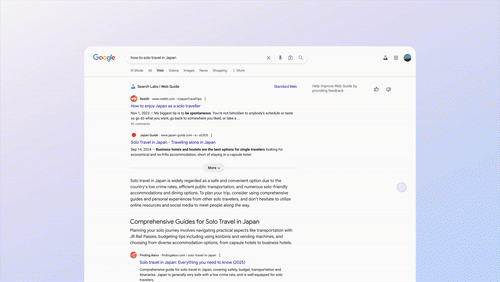
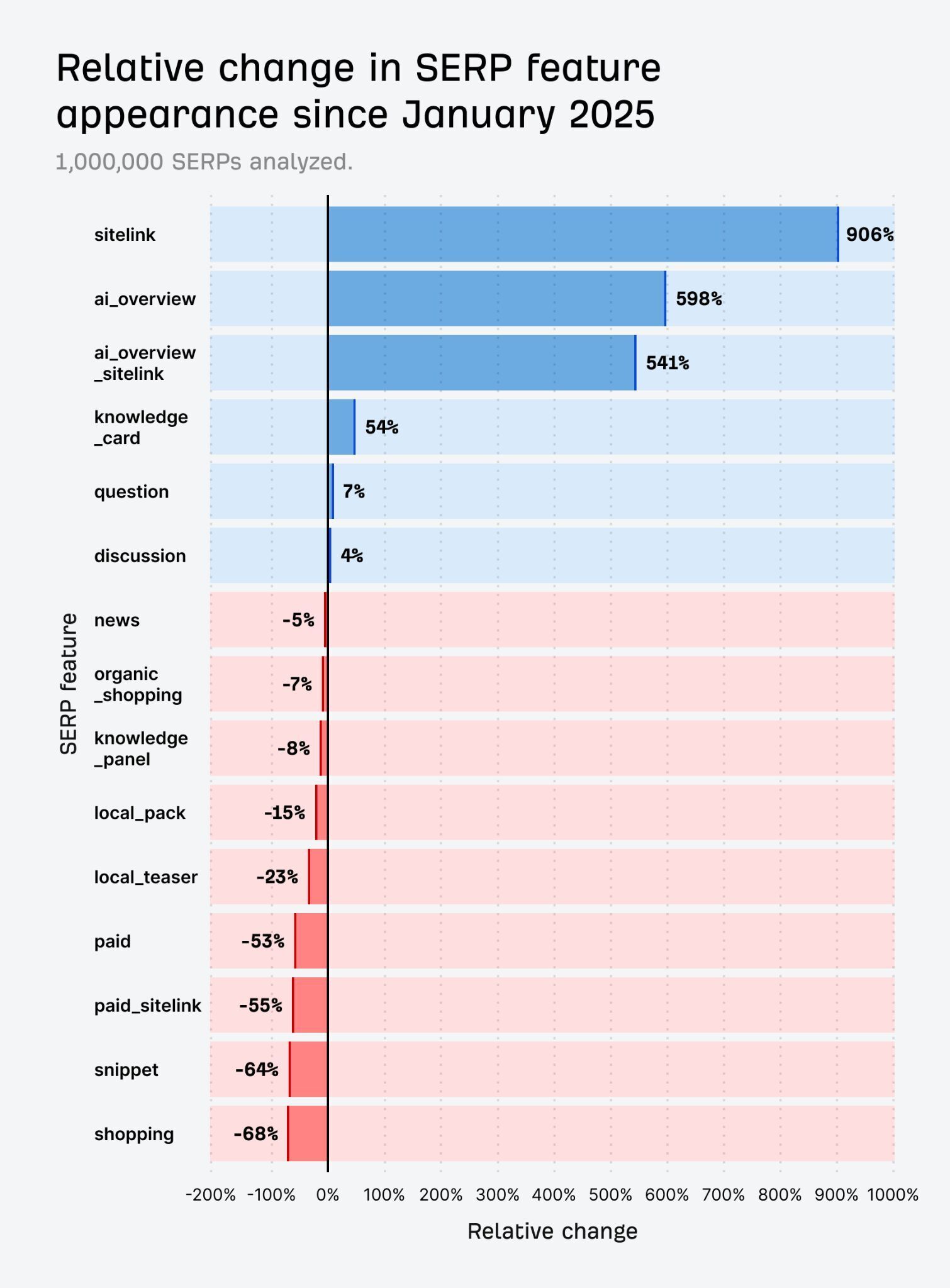
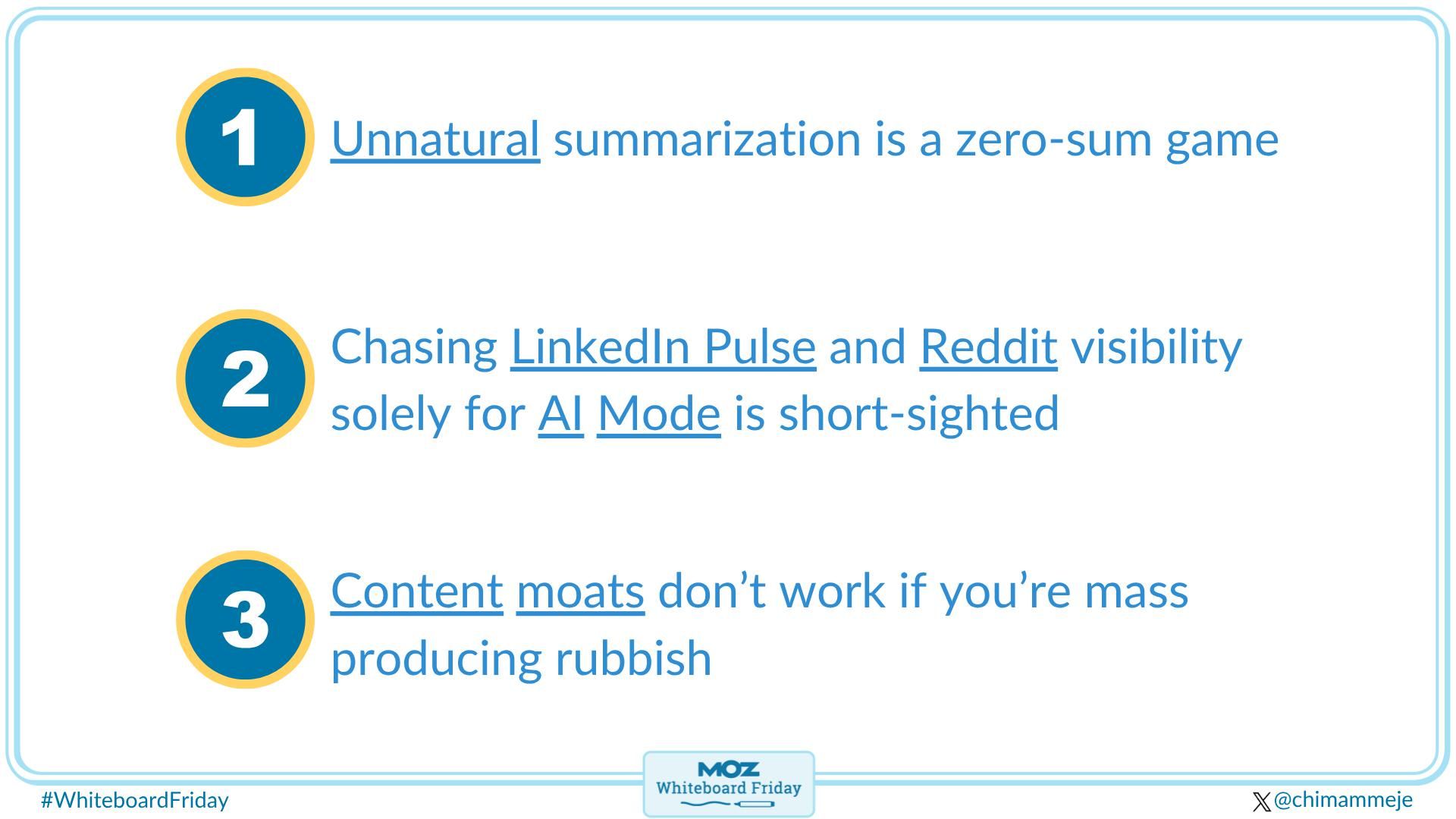
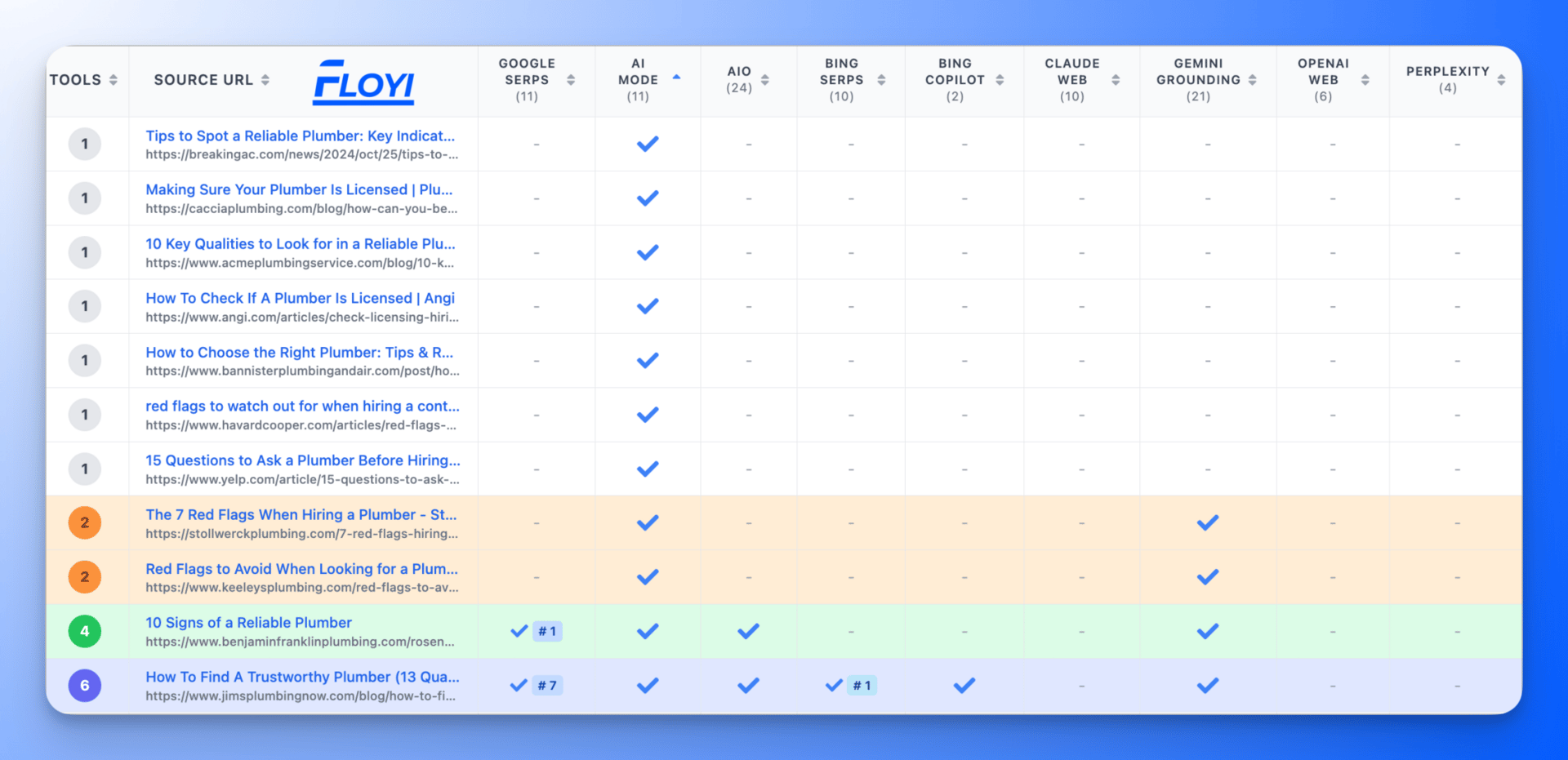

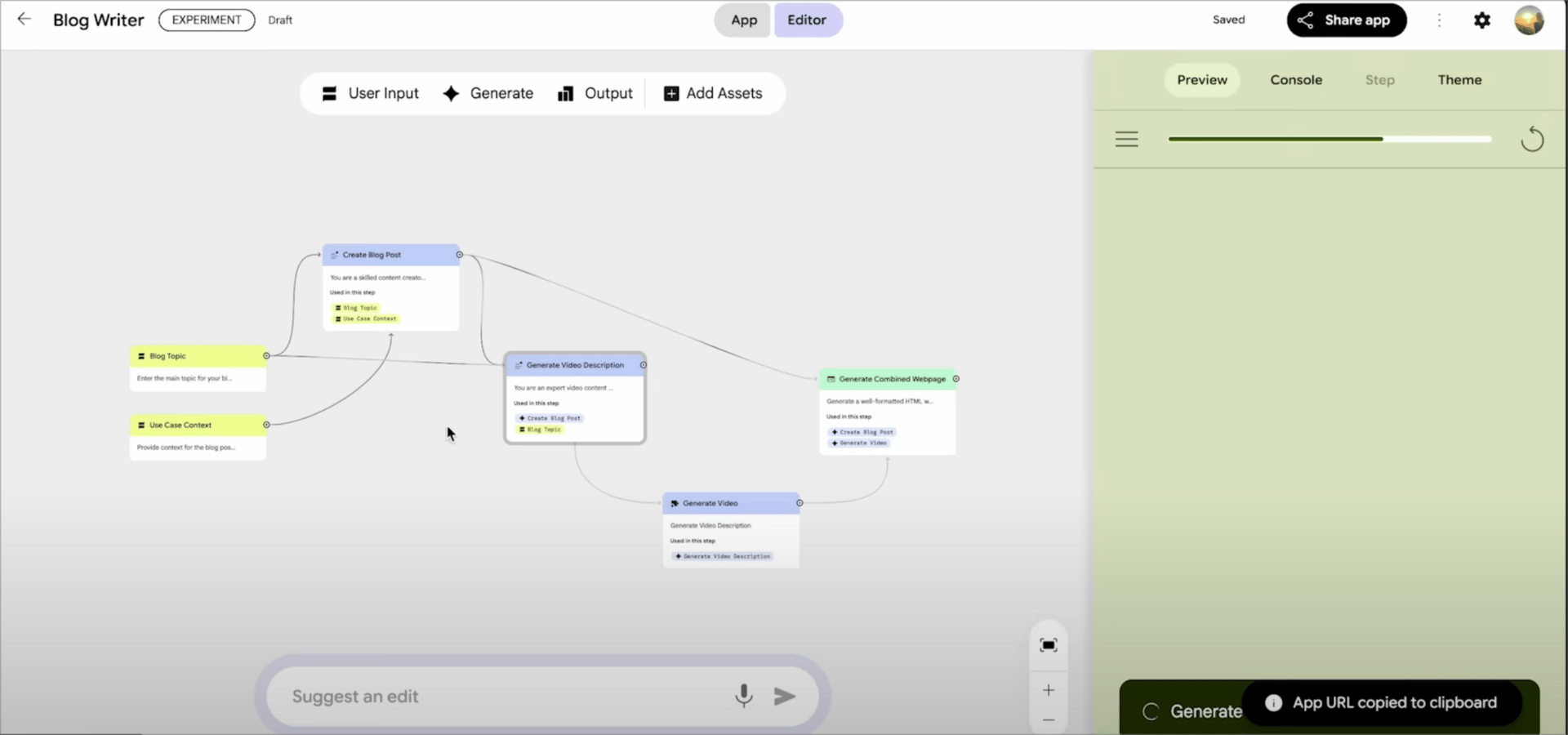
Reply